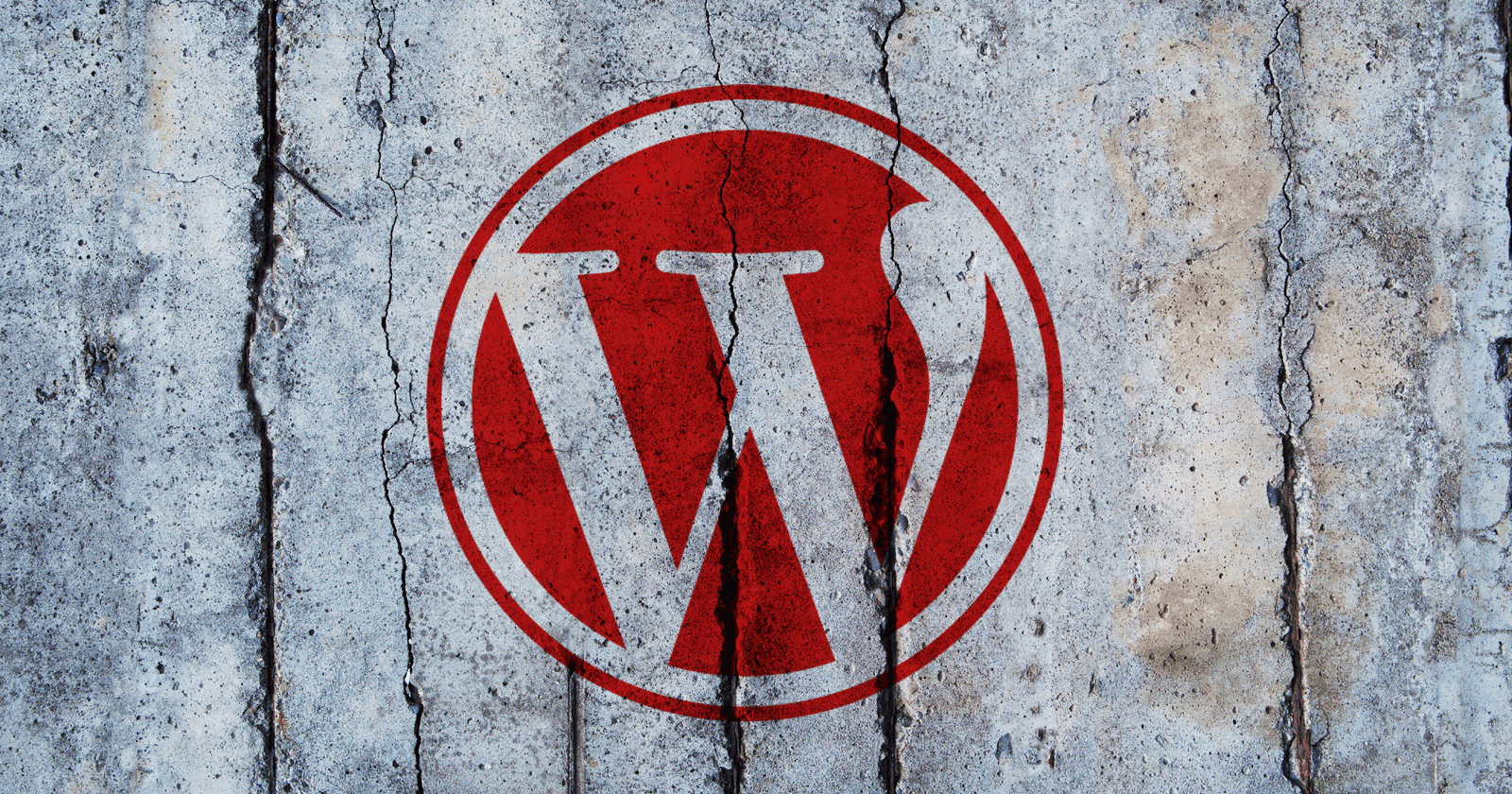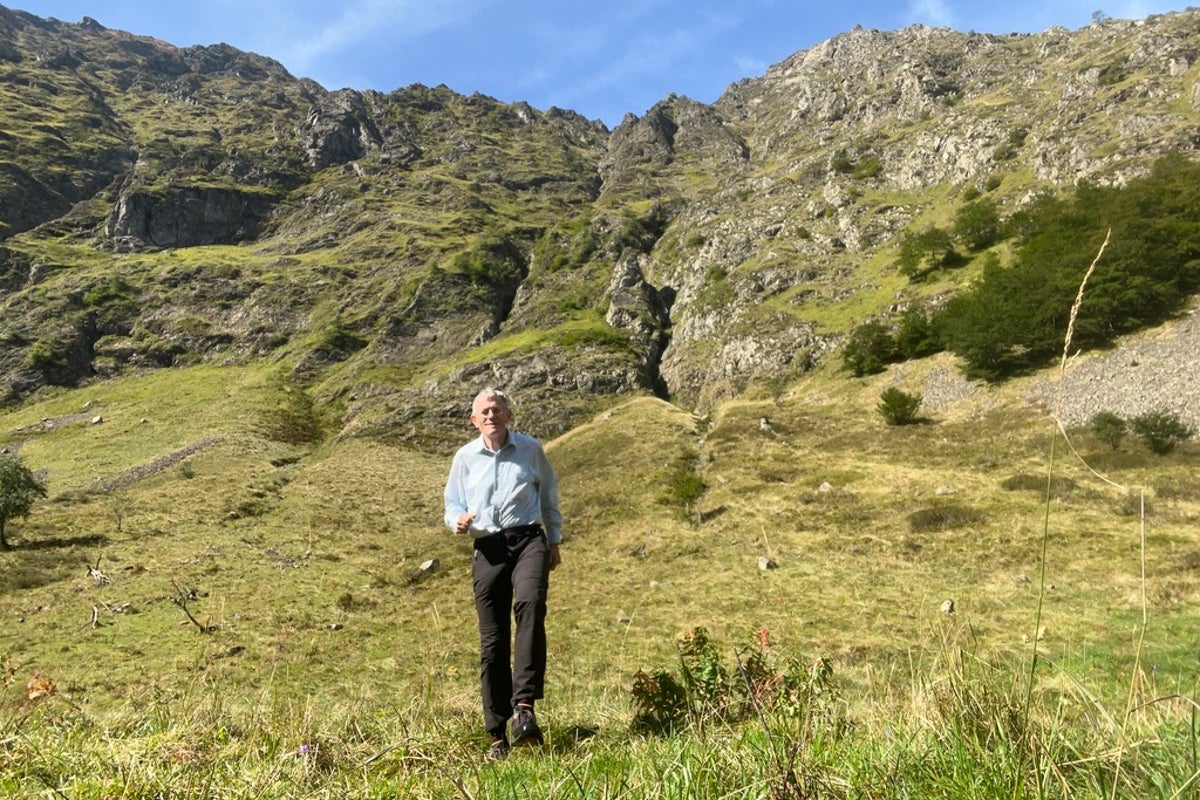How YouTube creator partnerships can boost brand authenticity
Ad Results Media’s YouTube creator economy expert discusses how influencers can boost brand authenticity.

At Ad Results Media, we believe that future-proofing your brand and marketing strategies starts with focusing on creator-based advertising across podcasts, video and emerging audio. When brands and creators come together to co-create a brand experience, it is one of the most powerful and effective ad mediums marketers can leverage.
As a global leader in podcasting advertising, we've found that many of the best practices we established while working with podcast hosts over the last decade can be translated into working with established and burgeoning YouTube creators. This understanding and expertise has helped set our clients up for continued growth as we lean much deeper into creator-based video medium.
We recently hired one of the industry’s top experts on the YouTube creator economy, Sam Cosby, to join the Ad Results Media team and help lead our efforts in this area. I was able to sit down with Sam and pick his brain on the future of YouTube creator partnerships.
Kurt Kaufer: Sam, tell us a little bit about your background and how you entered the content creator space?
Sam Cosby: I have spent my career in video production with stints at Vice, Anomaly and Decoded as an executive producer. I have produced music videos and Super Bowl ads and every imaginable type of content in between. As a producer and a marketer, I find that there is no more powerful medium than video to connect with people.
My most recent role was on the brand side at Policygenius, where I worked with the team at Ad Results Media on both podcast advertising as well as YouTube creator partnerships. We were able to deliver a winning formula together, and I am excited about what we can do together now that I joined the organization.
Kaufer: There are a number of different approaches to influencer marketing that brands can take. Why do you believe that content co-creation on YouTube and within podcasts are so powerful?
Cosby:I may be biased, but I think YouTube is one of the most honest platforms when it comes to co-created content. The content on YouTube feels more authentic because the videos are longer—usually at least 12 minutes—and the brand or its desired talking points are central to the content of the video. In fact, the audiences of YouTube creators often welcome the inclusion of brand sponsors because they appreciate that they are supporting their favorite creators. I have personally seen glowing comments that speak to the audience’s gratitude for the brand’s support.
Kaufer: How do you pair brands with relevant content creators?
Cosby: Since our core business has historically been in the audio and podcast advertising space, we start by extrapolating key learnings from a brand’s previous success with specific podcast hosts and apply those to their content or channels on YouTube. In combination with those past learnings, we also look at two other key factors to pair brands with YouTube creators: the brand’s target audience profile and current topical or cultural trends on YouTube.
 Kaufer: What are your general guidelines to ensure that the output of the co-creation engagement feels authentic and resonates with the target audience?
Kaufer: What are your general guidelines to ensure that the output of the co-creation engagement feels authentic and resonates with the target audience?
Cosby: I would suggest the following:
1. Don’t write scripts unless there is very specific legal language that needs to be included verbatim.
2. Provide a broad range of talking points that the hosts or creators can make their own.
3. Be open to the creator’s suggestions.
4. The promotional read should be seamless. Don’t restrict the time that the creator spends discussing your brand. The more the better!
Kaufer: What is your approach to helping brands measure success? What are some of the most common KPIs and methods of measurement?
Cosby: Honestly, it varies brand by brand. We create custom measurement plans for each of our clients. Some are simply working toward greater brand awareness, but more commonly we’re targeting competitive cost per acquisition (CPAs). The most drastic difference in performance between YouTube and podcasts is the top-of-funnel conversion using a dedicated vanity URL in the video’s description. The high conversion rates are the most attractive part of YouTube advertising for our clients.
Kaufer: What is the first challenge you look forward to tackling at Ad Results Media?
Cosby: I look forward to empowering our roster of creators with the best practices we have been amassing as a result of running thousands of campaigns. We know that there are small tweaks that can be made to graphic treatments, messaging, placement of the URLs and video descriptions that can supercharge the performance for both the creator and brand. My first challenge will be to work hand-in-hand with both brands and creators to get those best practices applied, creating a win-win situation for all involved.
If you are interested in hearing more from Sam, please reach out to Ad Results Media and we will get back to you!

 Aliver
Aliver 
































